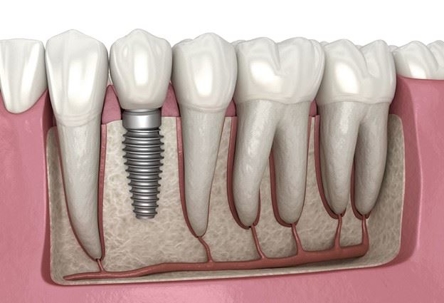Dental implants are artificial tooth roots that are surgically placed into the jawbone to provide a permanent base for replacement teeth or bridges. They are an excellent option for people who have lost one or more teeth due to injury, periodontal disease, or any other reason. Dental implants are considered one of the most significant advancements in modern dentistry, and they have become an increasingly popular option for people seeking a long-term solution for missing teeth. In this blog, we will discuss every step of the implant process to give you a better understanding of how they work.
The Procedure
There are several ways to have an implant placed. In each option, we will consult with you using 3D Imaging and pictures to provide what will work best for your specific needs. We will also explore the concept of “guided surgery” and “teeth in a day.” With every surgery, our office provides the option to be asleep under IV sedation if desired. Let us break down the various approaches to implant placement.
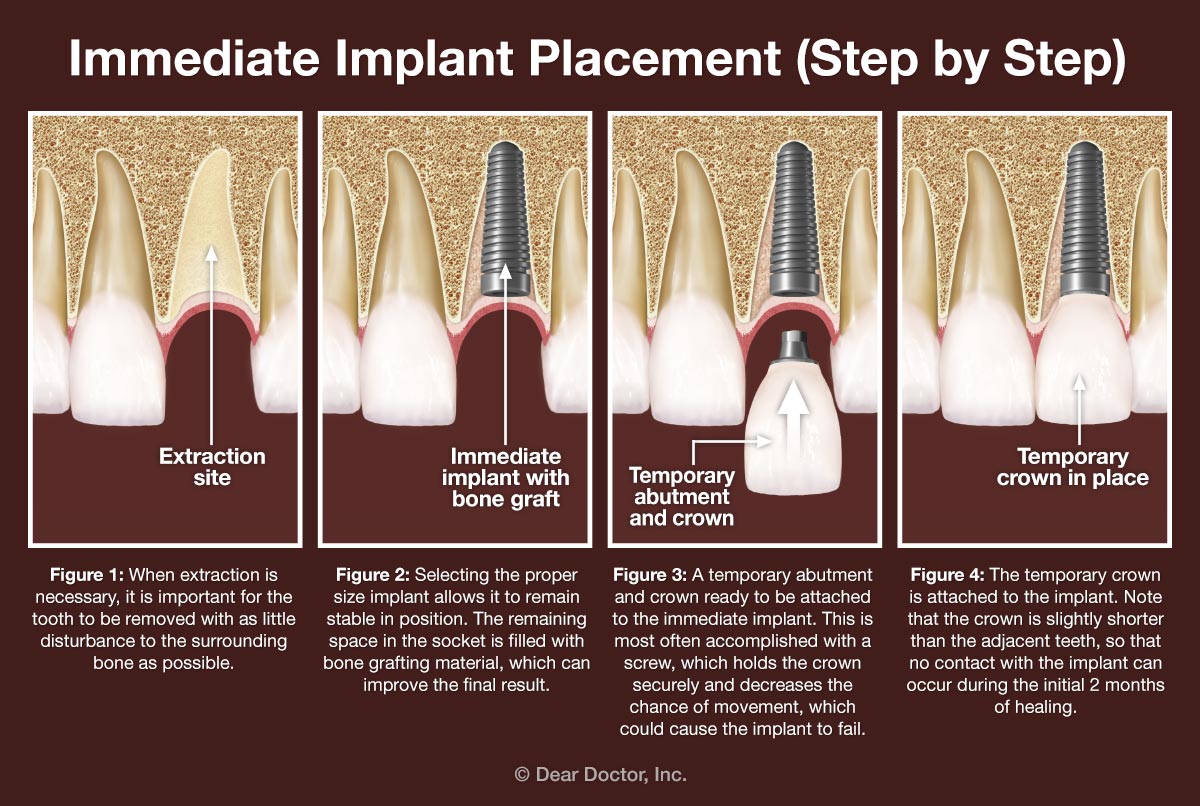
Option One: Immediate Implant
This option is ideal for the best outcome in shortest amount of time. When a tooth requires extraction, sometimes we can remove the tooth and replace it with an implant in one visit. This depends on having good surrounding bone and tissue, without risking damage to the nerves. Once the tooth is removed, underlying bone will be prepared, and the implant will be placed. Typically, a bone graft will then be used to stabilize the area around the implant and minimize recession. If the implant has ideal stability in the bone, a temporary crown and abutment will then be placed on the implant. The process of immediate implant placement with a temporary is also known as “teeth in a day.” This concept can be used for one tooth or a whole mouth of teeth. The temporary replaces the missing tooth in the same appointment and helps to sculpt the tissue for a beautiful esthetic outcome! After 3-4 months of healing for the bone and implant to integrate, we can take an impression for a permanent crown and abutment.
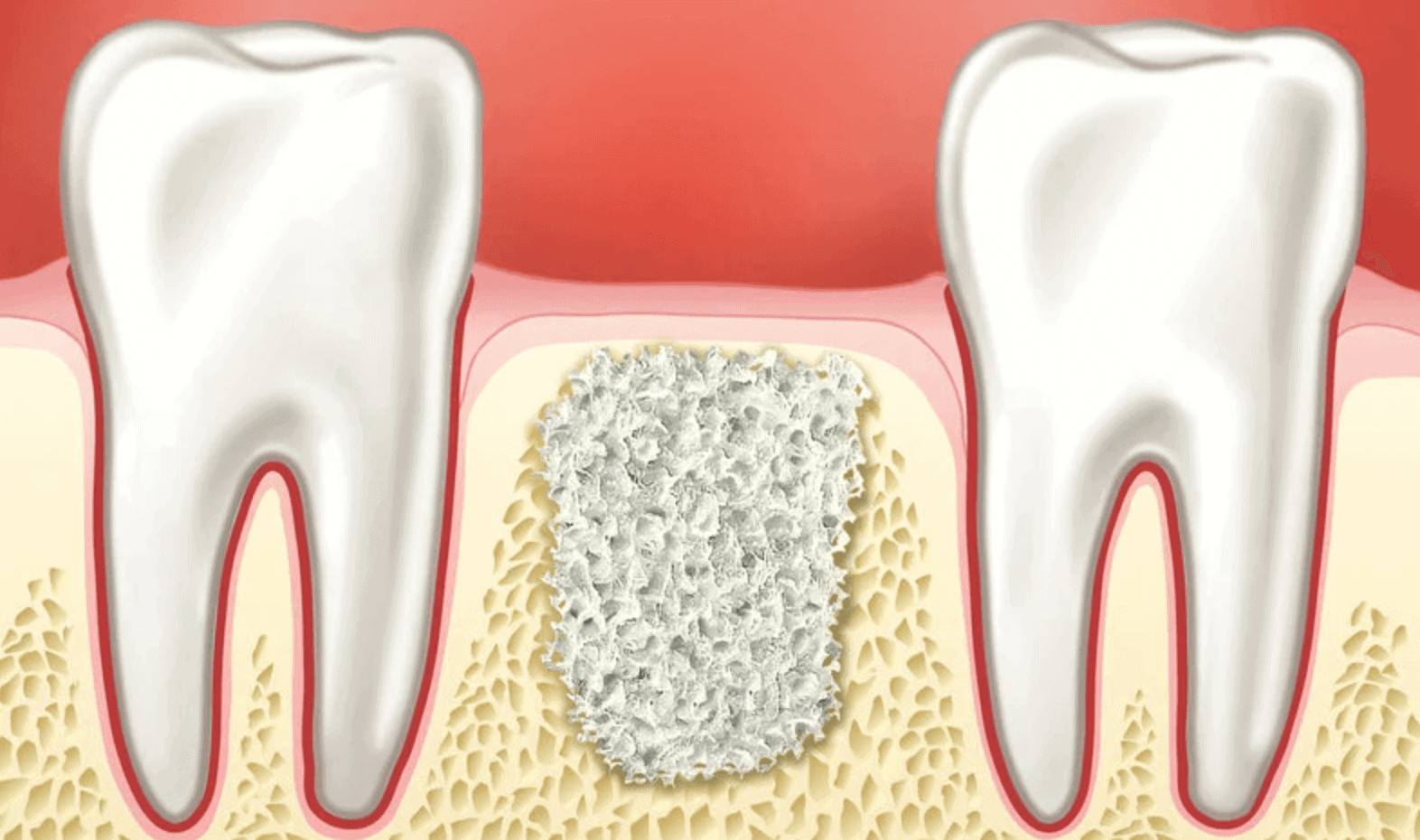
Option Two: Staged Approach
A staged approach is a common option that we use in situations when an immediate implant is not an option. For this treatment, we remove the tooth first and let the area heal for several months before placing an implant. Frequently, we will place a bone graft in the area to stabilize the socket and promote ideal healing. We also use platelet-rich fibrin to accelerate bone and tissue healing. We will discuss this further in another post. After two weeks, any sutures utilized will be removed, and the site will be mostly healed. A 3D scan will be taken at 3 months to evaluate bone healing and plan for the implant placement. The implant can then be placed and will heal for 3-4 additional months before impressing for the final restoration. Overall, this process is the longest, and can take anywhere from 6-8 months.
Option 3: Missing Tooth
If you are already missing a tooth, then we may be able to place an implant right away! After a tooth is missing for more than 6 months, bone starts to deteriorate rapidly. We will take a 3D scan to determine if good bone is still present. In some cases, a graft may be needed at the time of implant placement in order to improve the site. In severe cases of bone atrophy, bone grafting may be needed before any implant can be considered. We can then place the implant and restore it after 3-4 months of healing.
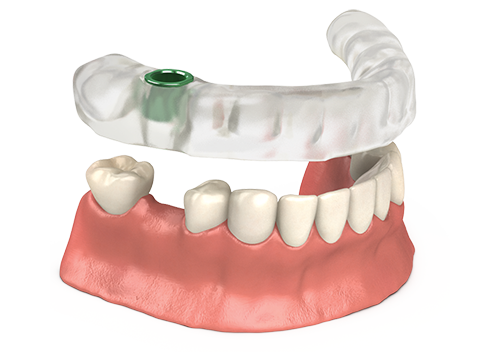
Guided vs Non-Guided
Guided surgery is more recent development that allows us to work with precision in our surgeries. Using the CBCT and scans or models of your teeth, we can plan your implant on the computer, and transfer that plan to the mouth. A guide is 3D-printed surgical stent that functions with a special set of drills to ensure complete accuracy during the surgery. Not every case requires a guide, but it is a great tool for challenging cases that require the ultimate precision.
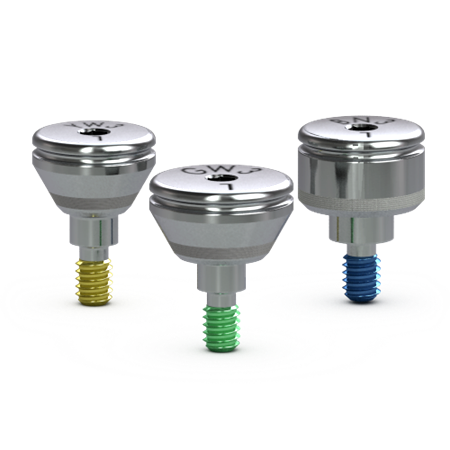
Healing Caps
All implants require an abutment that connects the implant (root portion) to the crown. During the interim healing phase, a healing cap may be placed at time of surgery, or later close to the time of restoration. A healing cap is a small abutment that is slightly visible above the tissue, allowing the doctor to easily take an impression and place a crown on the implant. If this ever comes loose, you should consult your doctor right away.
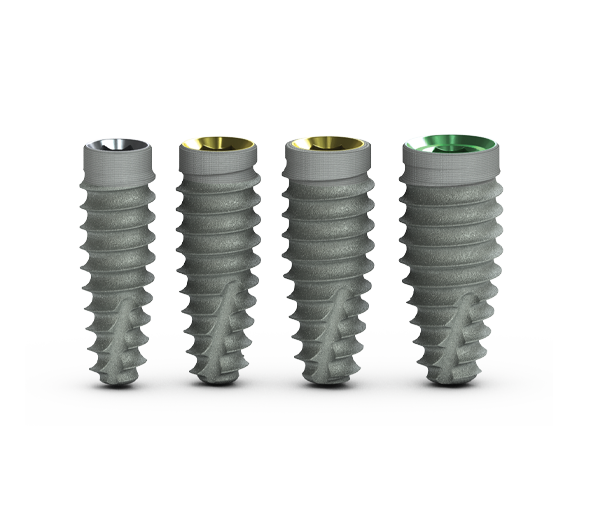
Types of Dental Implants
The primary type of implant used today is the endosteal implant. This type goes into the bone and is not visible in the gums without a healing cap or crown. Implants are typically made of either pure titanium or a titanium alloy. Some new implants are made from zirconia, and we may see significant advances in this implant material soon. There are many companies making implants today, so it’s important to ensure your doctor is using a company that is well studied and is easy to work with should you move to another city.
Benefits of Dental Implants
Dental implants have several benefits over traditional tooth replacement options, such as dentures and bridges. They look and feel like natural teeth, and they are designed to last a lifetime with proper care. They also provide better functionality than traditional options, allowing you to eat and speak with ease. Additionally, dental implants prevent bone loss in the jaw, which can occur when teeth are missing, maintaining the structural integrity of the jaw and facial features.
Aftercare
After the dental implant procedure, proper care is essential to ensure the longevity of the implant. This includes brushing and flossing regularly, as well as visiting the dentist for regular checkups and cleanings. Patients should also avoid chewing on hard foods or ice and should quit smoking to prevent implant failure.
In conclusion, dental implants are an excellent option for people looking for a permanent solution for missing teeth. They are designed to look and feel like natural teeth, providing patients with better functionality and aesthetics. If you are considering dental implants, consult with our qualified dental professionals to determine if they are the right choice for you.

